Flint Hall named after prominent supporter of Eugenics
Flint Hall, located right outside the gate by Sabine Field, houses the Office of Communications. The building itself is unassuming: a small, simple brick building, common in almost all respects.
However, the building bears a secret: the history of the man Norwich University named the building after – Professor K.R.B. Flint.
At first glance, Mr. Flint is seemingly a model building name: graduate from Norwich, creator of the “A Norwich’s Man Creed,” and long-time Professor of Political Science.
Just one issue: Mr. Flint was a prominent supporter of Eugenics.
In 1916, Mr. Flint authored a study entitled “Poor Relief in Vermont.” Its findings propelled the State Legislature to “prohibit the placement of children in poor houses and on poor farms.” This continued the severe governmental targeting of low-income families, eventually leading to the forceful separation of children from their parents; rather than keeping families together, town governments would place these kids in special “schools.”
In 1917, Mr. Flint gave a speech to the Vermont Conference of Social Work, where he delivered a report on this study. The text of the entire speech is available here, with a section shared here:
“One of the worst conditions in Vermont is the mingling of the feeble minded with the general population… The situation is a serious one. We are with smug complacency tolerating conditions here in Vermont which are potentially as dangerous as those which have given rise to some of the notorious breeds in other states. There is no longer any question about the tendency of defectives to breed defectives, and the community which carelessly permits the mentally deficient to move about freely with the general population may some day find itself burdened with a tribe of paupers, criminals, drunkards and prostitutes.”
Mr. Flint’s support for Eugenics eventually landed him on several committees, including the Committee on the Human Factor, the Subcommittee on the Handicapped for the Vermont Commission on Country Life, and the Eugenics Survey Advisory Board.
As a Eugenics Survey Advisory Board member, Mr. Flint assisted with the annual reports of the Eugenics Survey of Vermont. Overall, he served on the Advisory Board for 11 years, from 1925-1936.
Due to the Survey and those like Mr. Flint, a mass sterilization campaign occurred in Vermont. According to records, there were at least 253 documented cases of sterilized individuals, though the actual numbers will never be known.
Those targeted were groups deemed “unfit”: those who were poor, living with disabilities, French-Canadian, Indigenous, and mixed-race.
The goal? To protect Vermont’s old stock.
Despite the ample evidence of Mr. Flint’s support of Eugenics in Vermont, the University decided to name a campus building after him after he retired from teaching. He was not the only supporter of Eugenics to have a building named after them.
The University of Vermont renamed its library after student protests in 2018 highlighted how former University President Guy Bailey supported the Eugenics movement, even going far to promote the aforementioned Survey.
When Norwich was asked to comment, the University declined. Marcus Popiolek – Vice-President of Marketing and Communications – told The Guidon in an email, “I’ve reached out to the President, but unfortunately, he is out… of town and unavailable to comment at this time.”
No additional communication was received, so The Guidon is unsure whether the University will be looking into the matter or considers a university building bearing the name of a prominent Vermont eugenicist to be of little concern.
History Professor Dr. Rowland Brucken spoke to The Guidon about the consequences of names on buildings sharing, “There is quite a bit of symbolism.”
“For me, there is a quite a bit of symbolism in having the university’s Office of Communications, our external and internal information hub, housed in a building named Flint Hall.”
While the University declined to comment, two of Norwich’s Student Government Association members responded to an inquiry from The Guidon.
Thomas Ferrara, a Sophomore and a newly elected member of SGA, said that “[it] is not necessary to commemorate him” by having his name on a building. Thomas also noted the limited ability of SGA to achieve change on its own: “I don’t think we can do so without convincing the administration.”
Kaily Drake, another Sophomore and a new member of SGA, mentioned to The Guidon that she “think[s] it is wrong” and that “rectifying the mistake is important.”
Kaily also noted the potential for arguments to arise should Student Government take it up.
“I just worry that it would warrant an argument, and it could cause greater division in this school.”
Your donation will support the student journalists of Norwich University. Your contribution will allow us to purchase equipment and cover our annual website hosting costs.


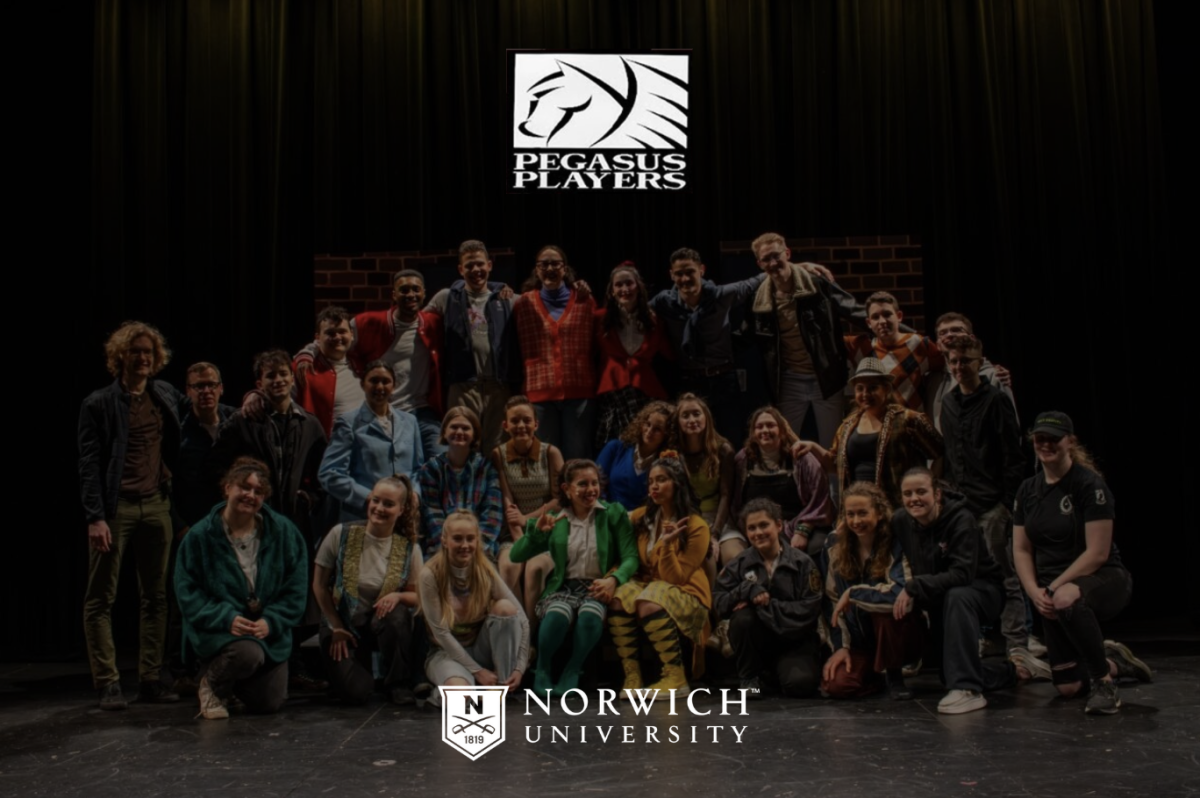

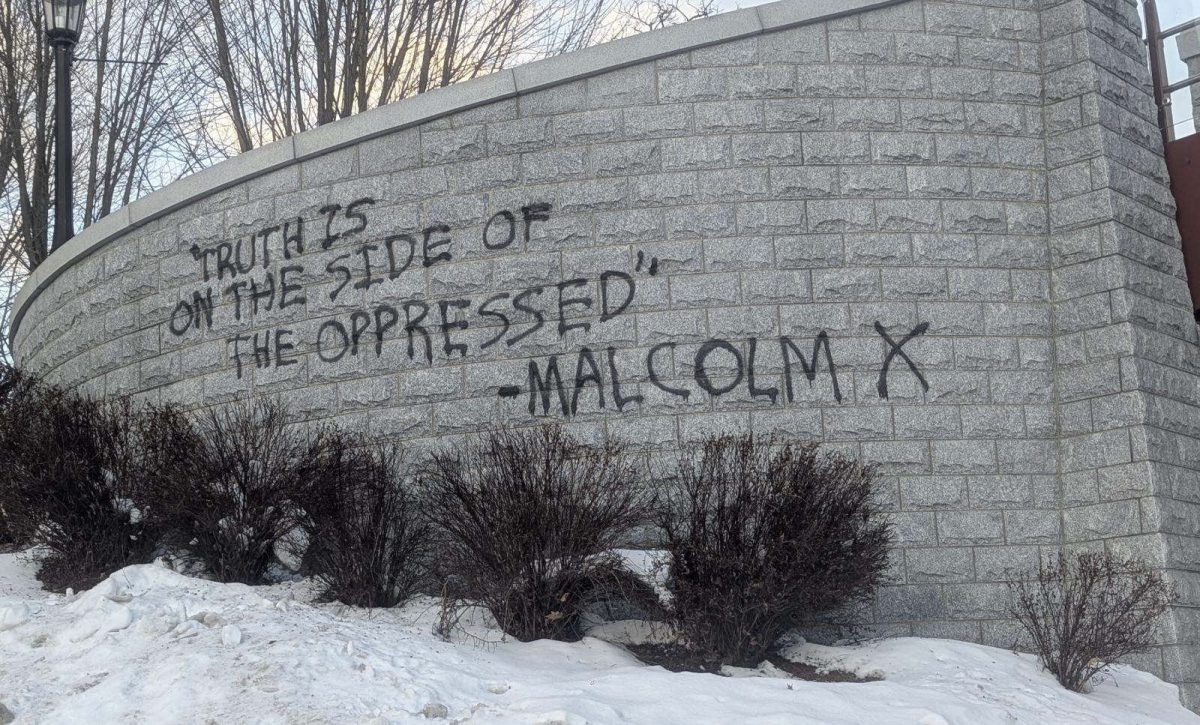




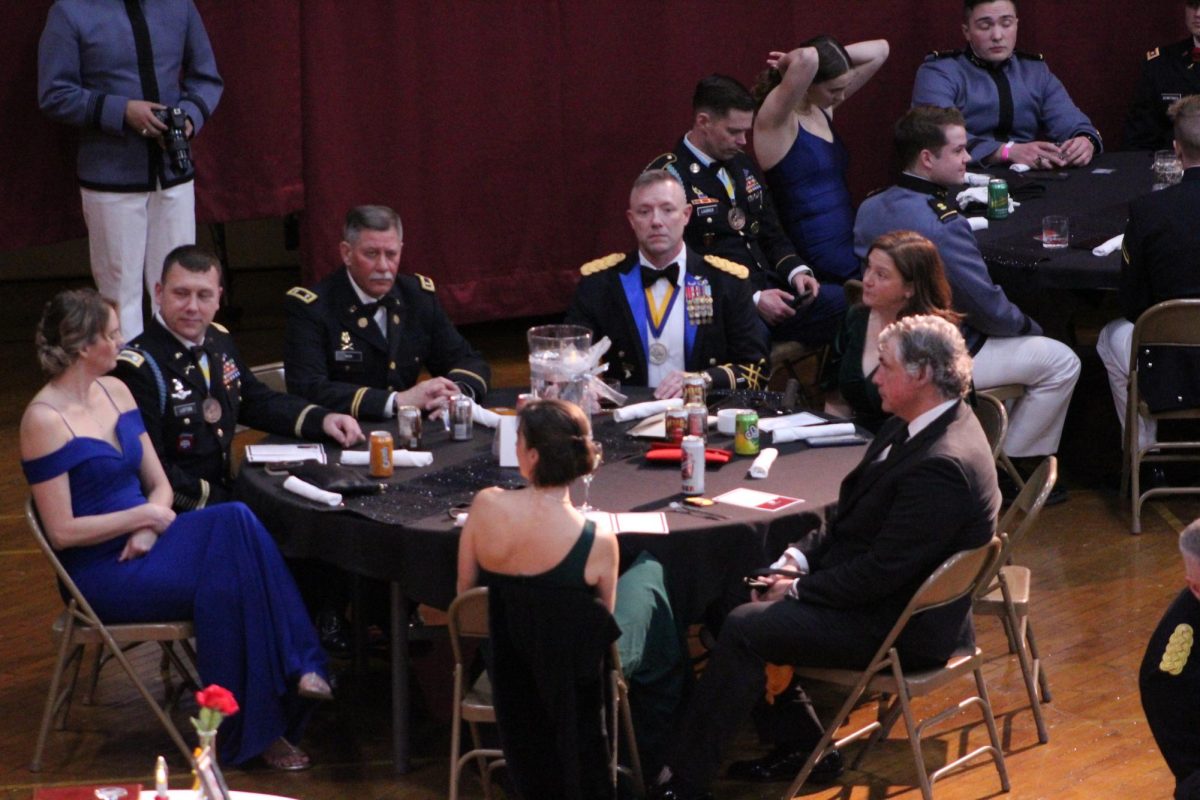
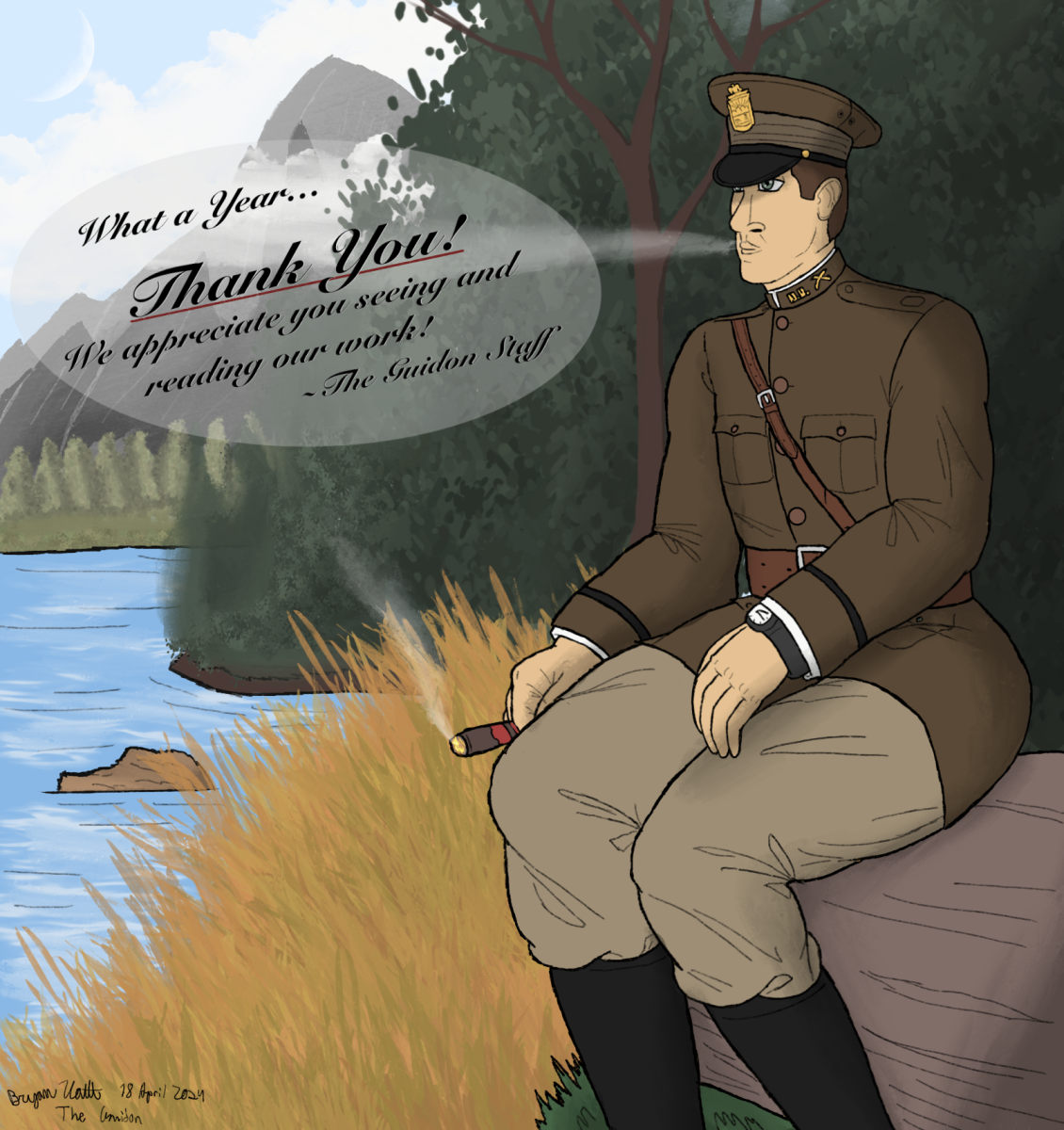
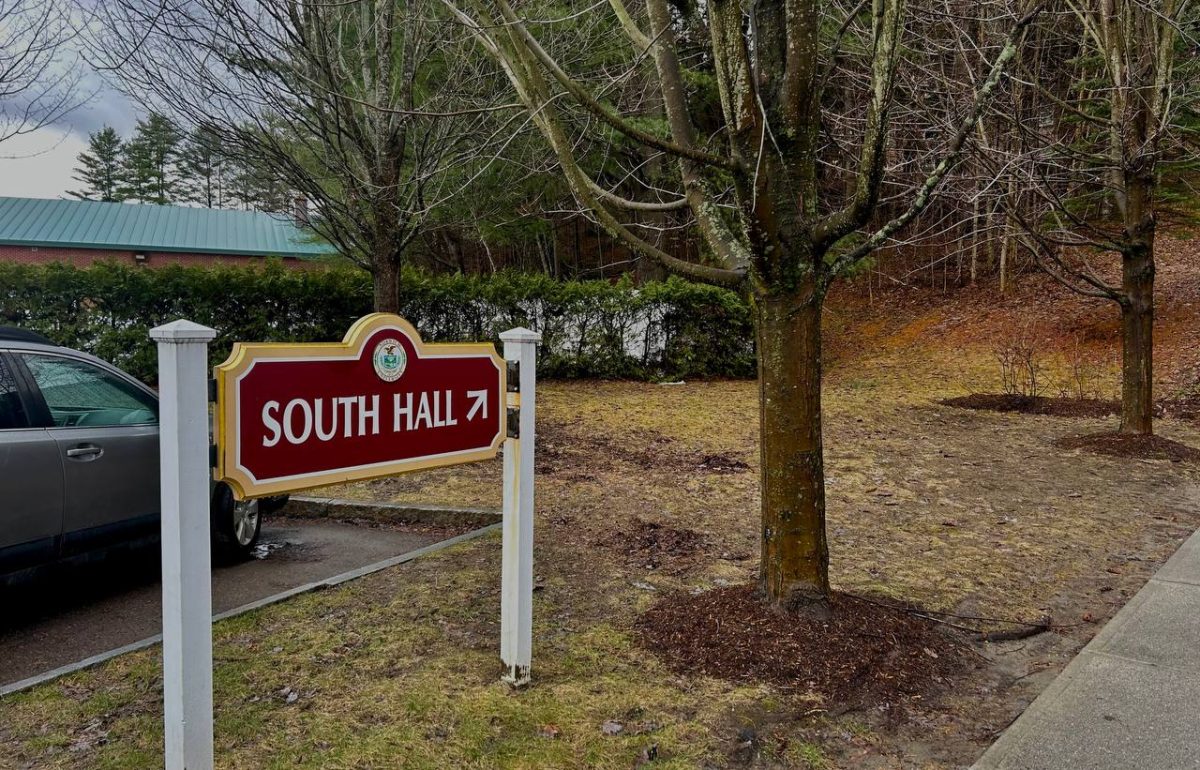
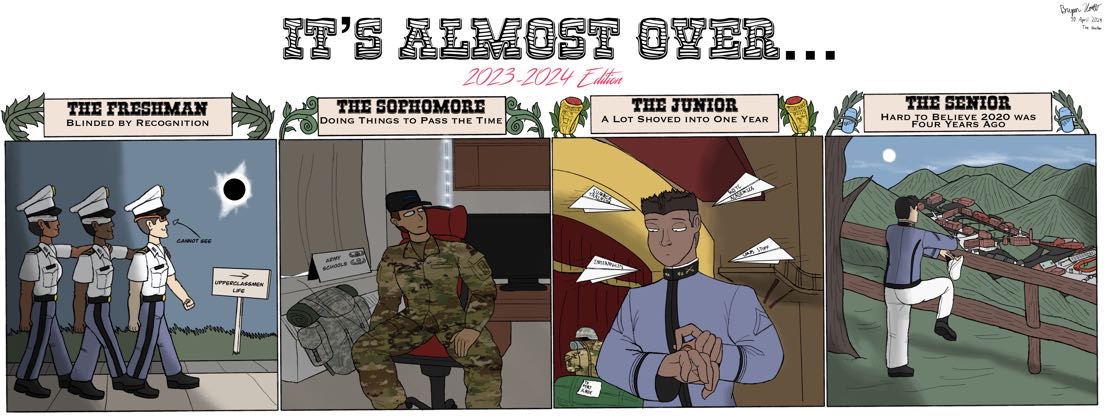
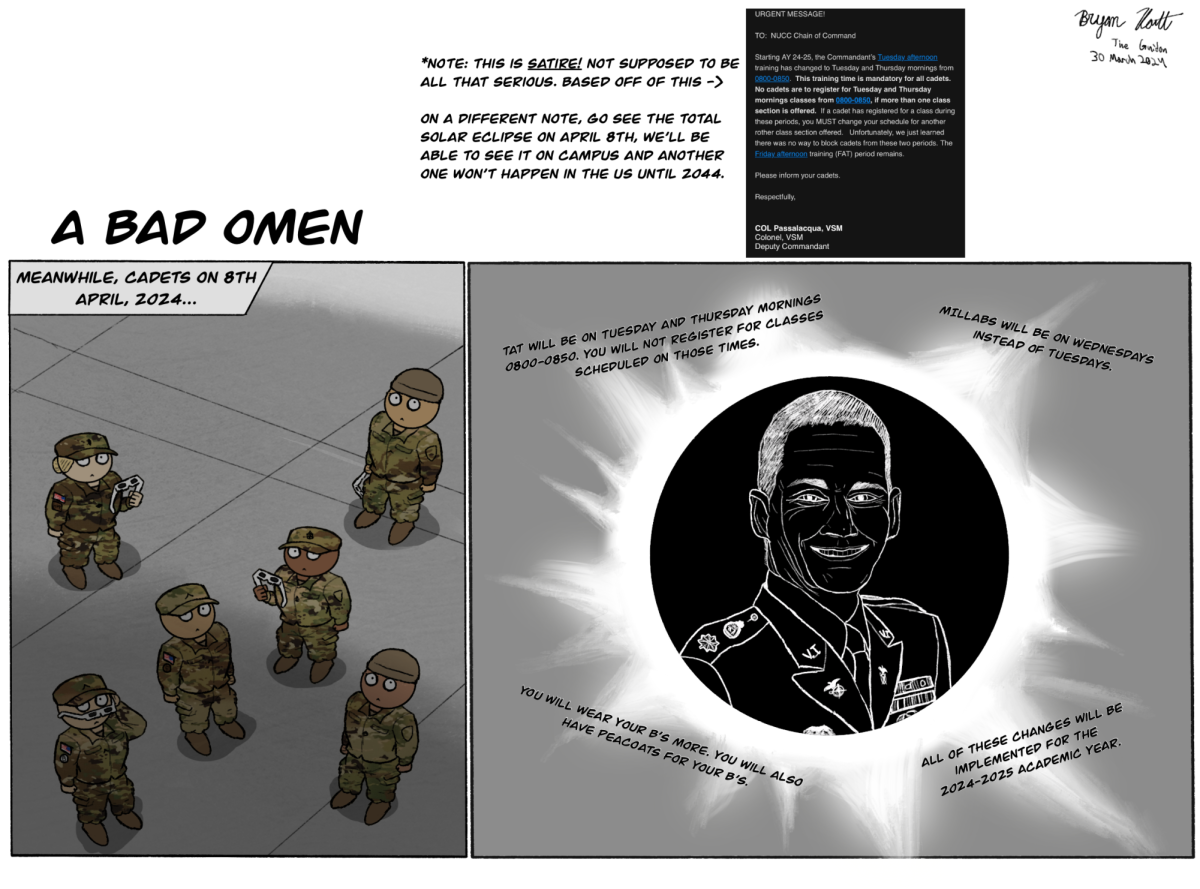
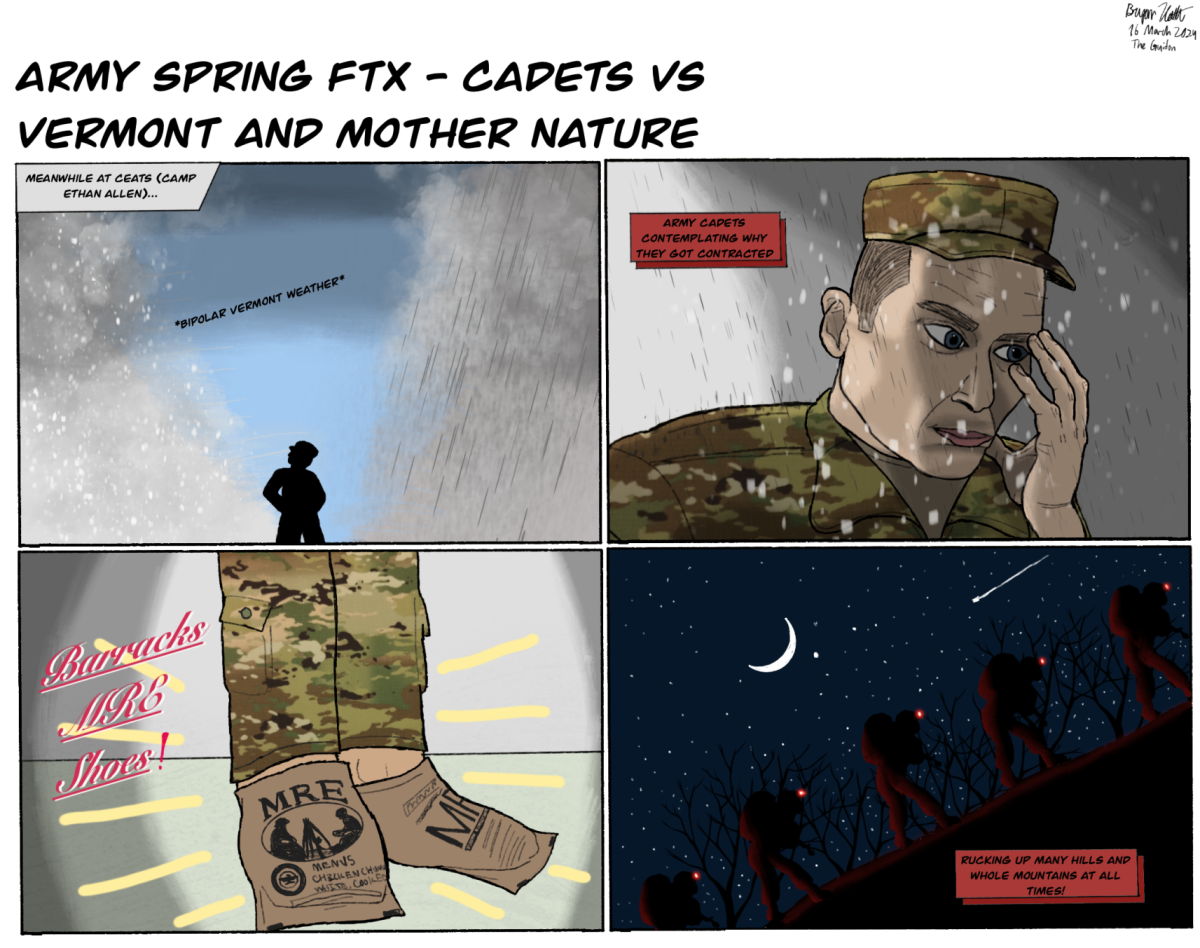
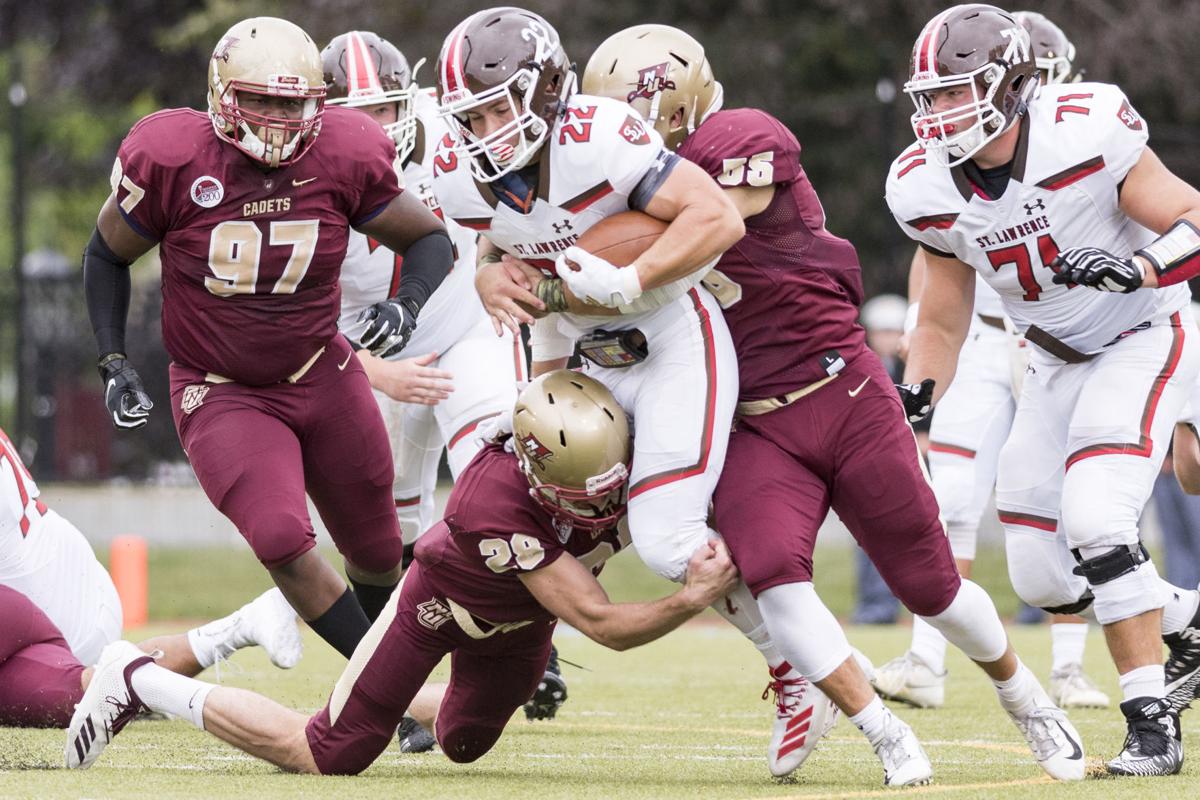





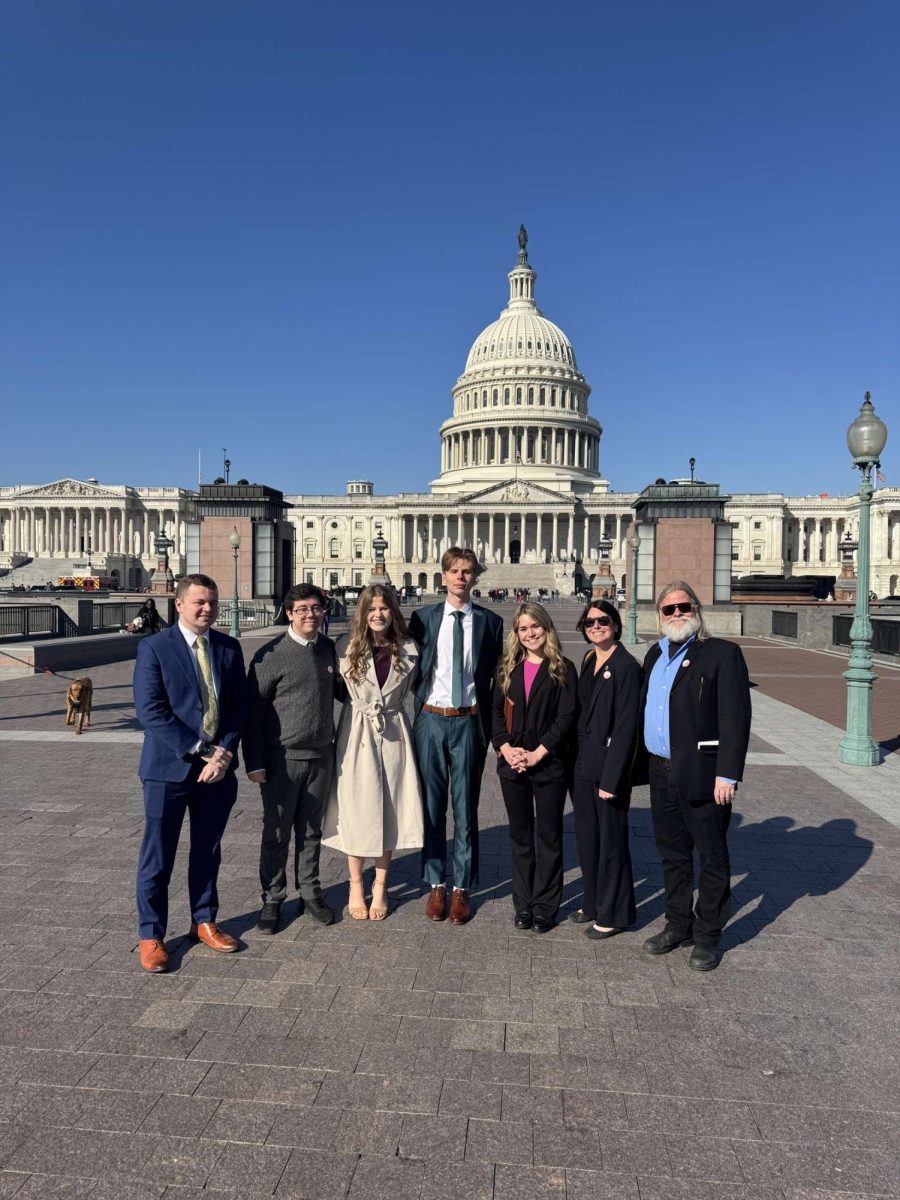
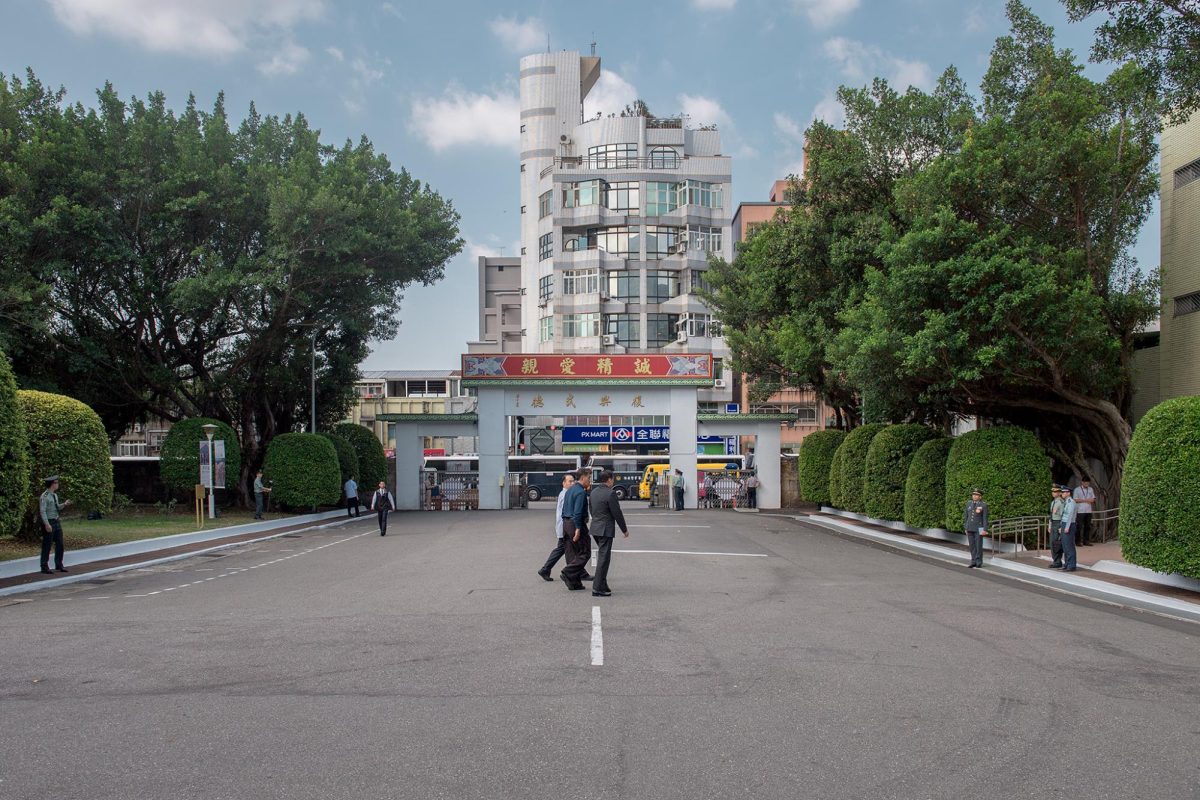


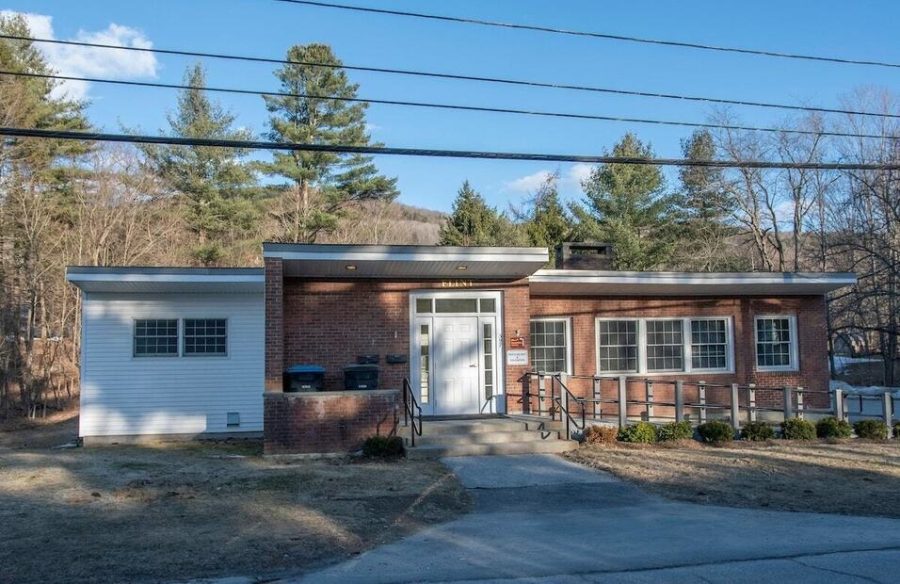

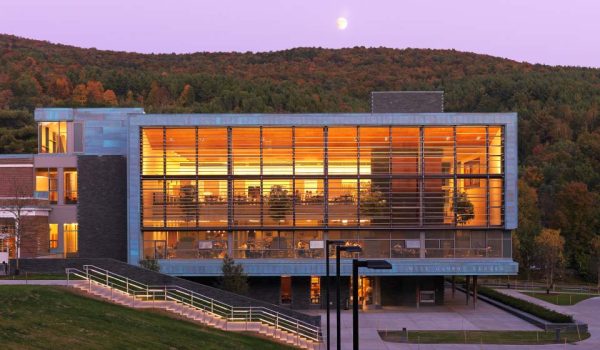
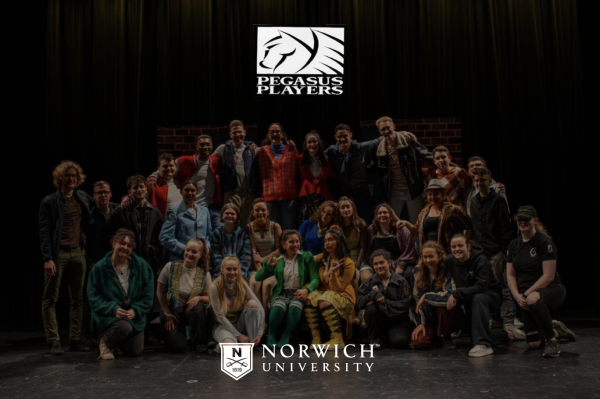

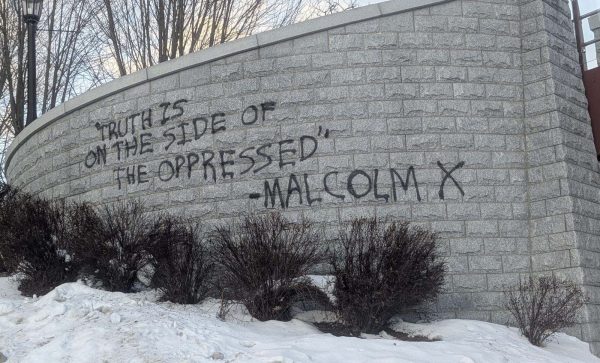
Tom White • Feb 1, 2024 at 7:23 pm
Eugenics is deeply rooted in racism, antisemitism, and bad science that was rejected by mainstream science before the Nazis implemented it. If he deserved to get a hall named for him it is incumbent on us to question whether he still merits distinction as a symbol of our beloved institution. I am no fan of “cancel culture” but this is not about that. It is taking responsibility for difficult history that targeted people and destroyed lives. Why honor him? His credentials rest on debunked racist and class biased, bad scientific prejudice. Don’t we stand for something more credible? Tom NU 85.